Author: Dashty Ali
Author contact: elibrary@enviroelib.org
Publisher: Iraq Public Works News
Place: Kurdistan, Iraq
Abstract
Every day litres of waste water and even sewage end up in the rivers and lakes, that are the main source of drinking water for one of Iraqi Kurdistan’s biggest cities.
It is as if the government was bombing Halabja with chemical weapons every day, says Salih Najib Majid, an assistant professor specializing in environmental science. “People’s lives are in danger,” says the specialist who works in the faculty of agricultural sciences at the University of Sulaymaniyah in Iraqi Kurdistan.
Majid is talking about the fact that sewage from many of the northern Iraqi city of Sulaymaniyah’s neighbourhoods is dumped into the Tanjaro river, which runs south of the city. Also flowing into the river are different kinds of waste water, everything from industrial to agricultural waste.
The Tanjaro’s waters originate south of the city, from a confluence of two streams and other small tributaries near Kani Goma. There are several industrial sites in this area as well as oil refineries and many of these discharge their waste water into the river too. Pollutants like mercury, lead, cadmium and nitrates have been found in the water.
“Dumping waste in the Tanjaro area results in the creation of dangerous liquids that have more negative health impacts than even ordinary sewage,” says Nabil Musa, a 40-year-old local of Sulaymaniyah, the only Iraqi member of the international organization, the Waterkeeper’s Alliance, based in New York. The organization’s objective “is drinkable and fishable, swimmable water everywhere”.
For years, locals have observed things like mass fish deaths in places like Darbandikhan lake. “The reason for the die-off is the contaminated water,” Musa tells NIQASH.
At the same time, others in the area engaged in farming and agriculture in nearby areas are using the same water to irrigate crops and feed animals. This means that eventually the dangerous elements in the water work their way down the food chain, until they reach local people.
“The water that is used for irrigation should be assessed to make sure it meets acceptable international standards,” says Majid, the environmental scientist. “Not all water should be used for irrigation. Unfortunately,” he continues, “the local government is not paying any attention to these problems.”
The waste water continues to make its way through Iraqi Kurdistan’s waterways and Majid says that the water containing sewage eventually meets the main sources of drinking water for locals in the Darbandikhan and Kalar areas.
Rebwar Ahmad, who heads the health and environment committee on the Sulaymaniyah provincial council, says authorities are trying to do something to deal with the problem. A report has been prepared about the mixture of fresh water and sewage and it has been submitted to the concerned authorities, he says. As for the industrial waste, he concedes that his committee is constantly getting reports of pollution infringements. But they have been unable to control the factories, he says.
The regional government in Iraqi Kurdistan has made the management of waste water and sewage part of its plan for 2020. The plan also talks about negating the damage being done by landfills to local water waterways.
“One company has been given a US$400 million contract to try and solve the problems at Tanjaro and the project design has been finalized,” Masoud Kaka Rash, the head of the water and sewage department in Iraqi Kurdistan, says reassuringly. “And work on a US$20 billion drinking water refinery in Darbandikhan has already started too – 85 percent of the work on that has been completed,” he says.

